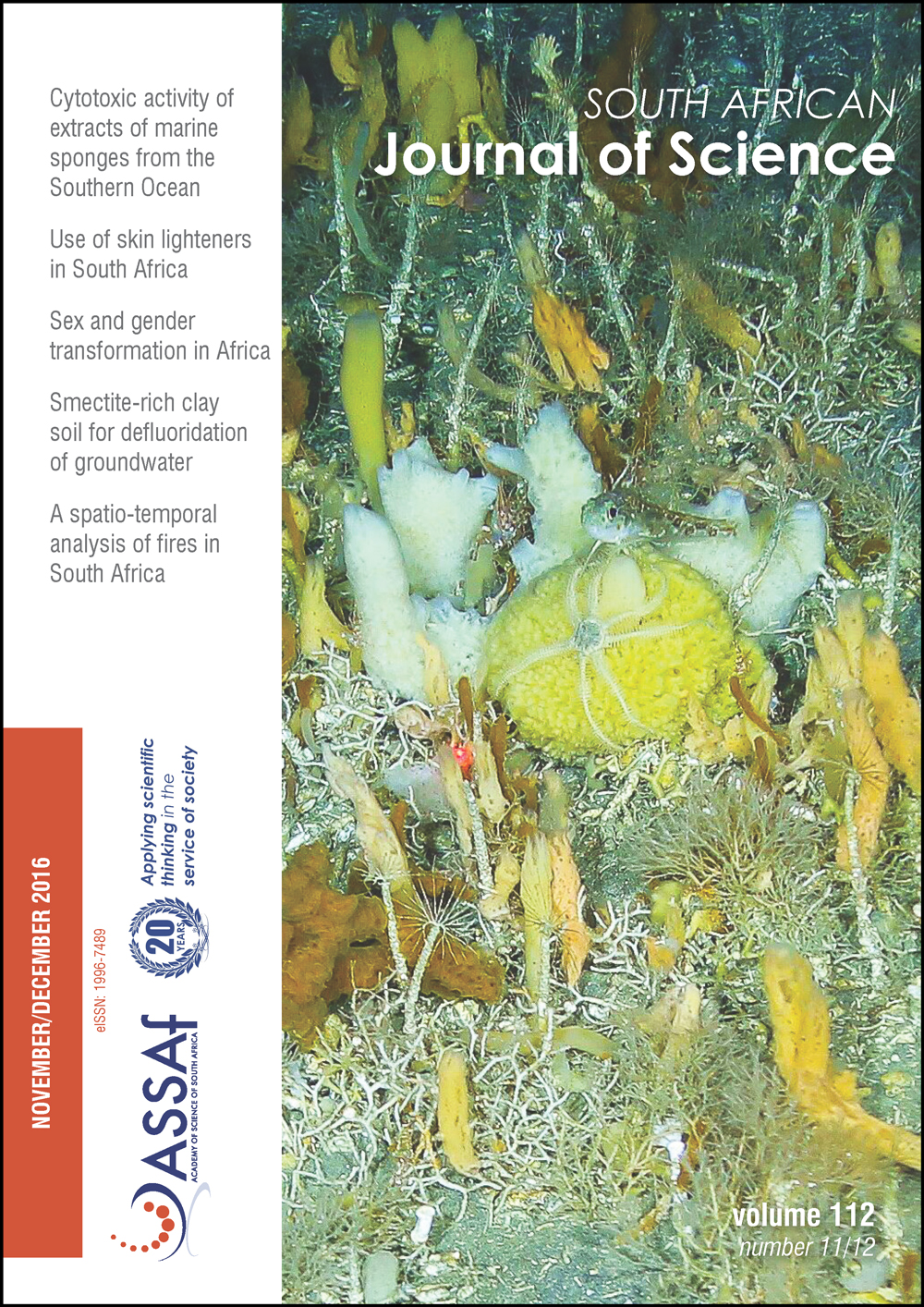Deriving cues from human cognition for the modelling of shack boundaries in aerial imagery
DOI:
https://doi.org/10.17159/sajs.2016/20160065Keywords:
geospatial, organic models, remote sensing, urban governanceAbstract
Organic studies inspire cues for modelling logic in image processing and become a basis for the development of novel remote-sensing algorithms. Examples of applications of such paradigms include the growing application of techniques such as object-oriented analysis and neural networks in image analysis for which the logic was drawn from studying various components of organic systems in the human body. Here we document a key investigation based on a set of cognitive tests conducted using aerial imagery captured over Cape Town (South Africa). These tests were conducted to later draw parallels with a feature extraction algorithm for shack settlements. We found that the visual variables of ‘pattern’ and ‘shape’ display the most significant cognitive guide for shack boundary extraction. Although the focus here was on digital imagery, learning points can be selected for application in other scientific fields as well.
Significance:- Provides an interest point for several image-processing and computer vision sciences.
- Contributes to geospatial studies and helps improve mapping and imaging initiatives.
- Directed towards solving the challenges that urban governors face in slum management.
Published
Issue
Section
License

All articles are published under a Creative Commons Attribution 4.0 International Licence
Copyright is retained by the authors. Readers are welcome to reproduce, share and adapt the content without permission provided the source is attributed.
Disclaimer: The publisher and editors accept no responsibility for statements made by the authors
How to Cite
- Abstract 407
- PDF 378
- EPUB 177
- XML 222












.png)